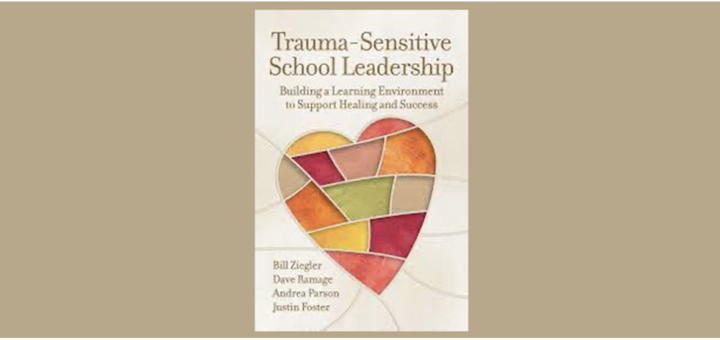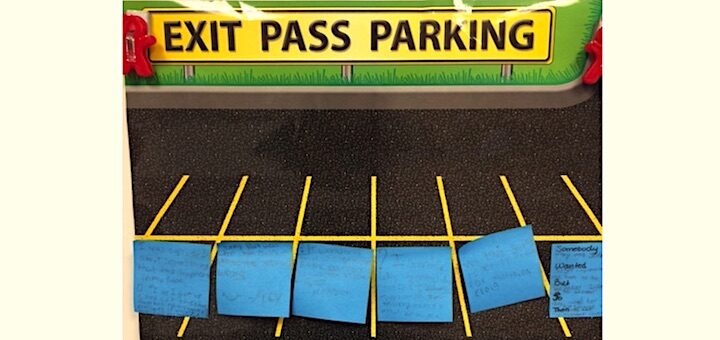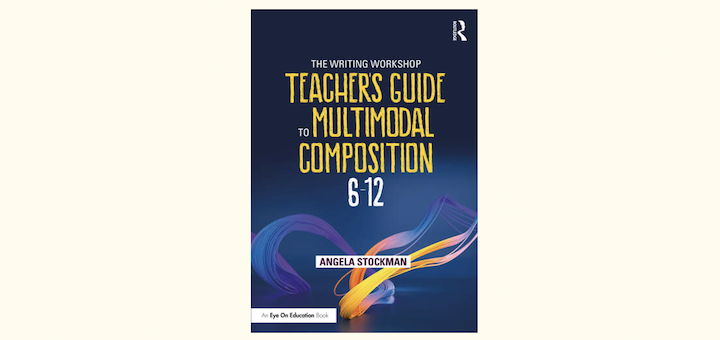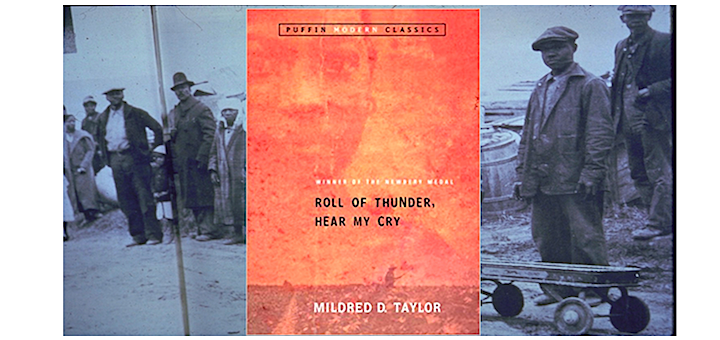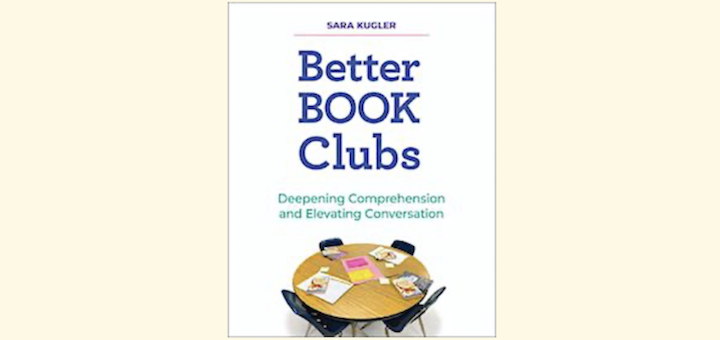Teaching and learning in grades 4-8
Incorporating the odd and unusual into everyday instruction can capture students’ attention. And middle graders do enjoy knowing something bizarre! Anne Anderson shares calendar celebrations (Artichoke Day?) from March, April and May to surprise them. Teaching ideas included.
Students continue to struggle with the effects of trauma from the pandemic and their lives outside of school. To help school communities support healing and growth, four authors suggest strategies and policies based in research and their own experiences, writes Brenda Yoho.
5th grade teacher Kathie Palmieri has been exploring ways to better infuse mathematics in other subject areas and help students gain a more positive attitude about math’s central place in their lives. She shares some ideas about SEL and two examples from her science lessons.
“In my classroom, sticky notes earn top honors for Best Multipurpose Teaching Tool,” writes literacy teacher Kelly Owens. She displays 15 ways to use the tacky squares to chunk large tasks into manageable clusters and empower students to contemplate, coordinate, and connect.
Mona Iehl traces her teaching growth from guiding math students through memorizing procedures to thinking deeply through productive struggle at each stage of problem solving. Over time she developed the Word Problem Workshop model she uses in her classroom and explains here.
If you want to expand your students’ modes of writing (whether or not you use writer’s workshop) Angela Stockman’s guide offers great information and insight, says Megan Balduf, including the details of multimodal composition and appendices filled with powerful instruction.
Deciding when – and how much – to help our students can be difficult, writes new-teacher educator Curtis Chandler. It requires both a self-assessment of our own preconceptions and the ability to strike a delicate balance between high expectations and full support for all.
To help combat negative perceptions that can surround administration, DeAnna Miller offers three ways school leaders can cultivate mutual respect among staff: (1) offering meaningful feedback; (2) being highly visible; and (3) not being led astray by the Good Idea Fairy.
How might lessons connect local history and historical fiction? Katie Durkin and her 7th grade team are partnering with the Wilton CT historical society to engage students in a project that raises awareness about how fiction writers use history to tell authentic stories.
Sara Kugler’s Better Book Clubs offers teachers a valuable resource that supports authenticity and independence in book clubs, helping students deepen comprehension and elevate their conversation. Anne Anderson outlines the book’s take on scaffolding, grouping, and more.


